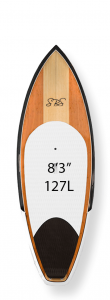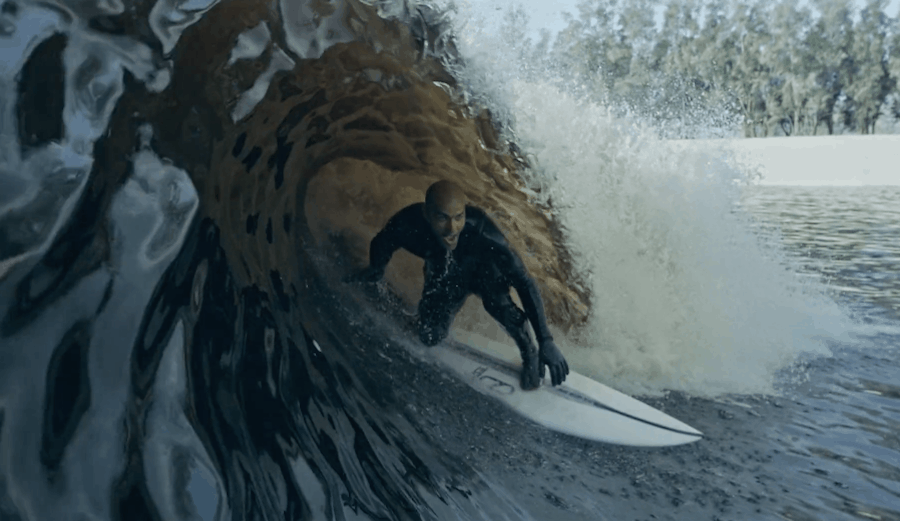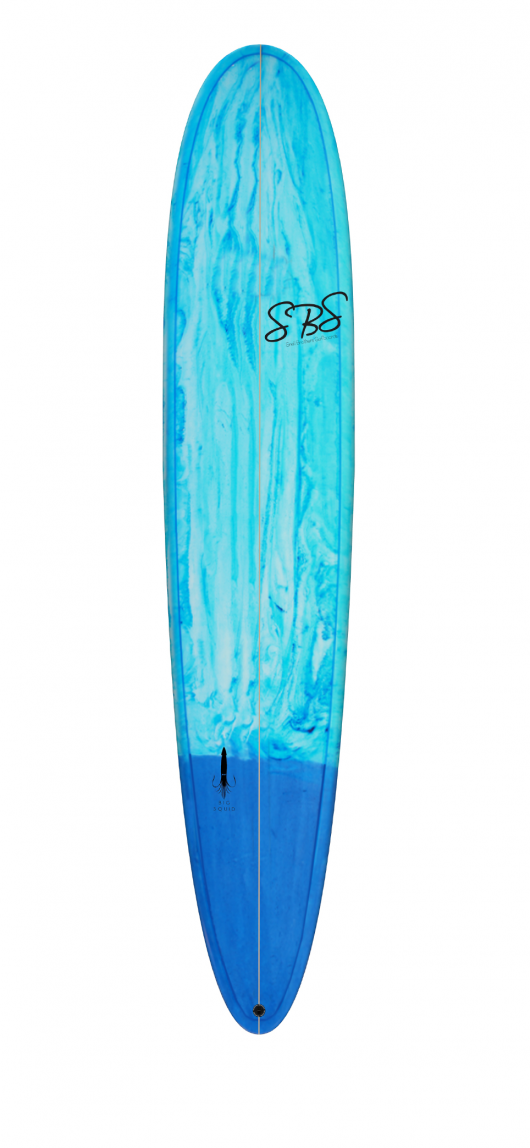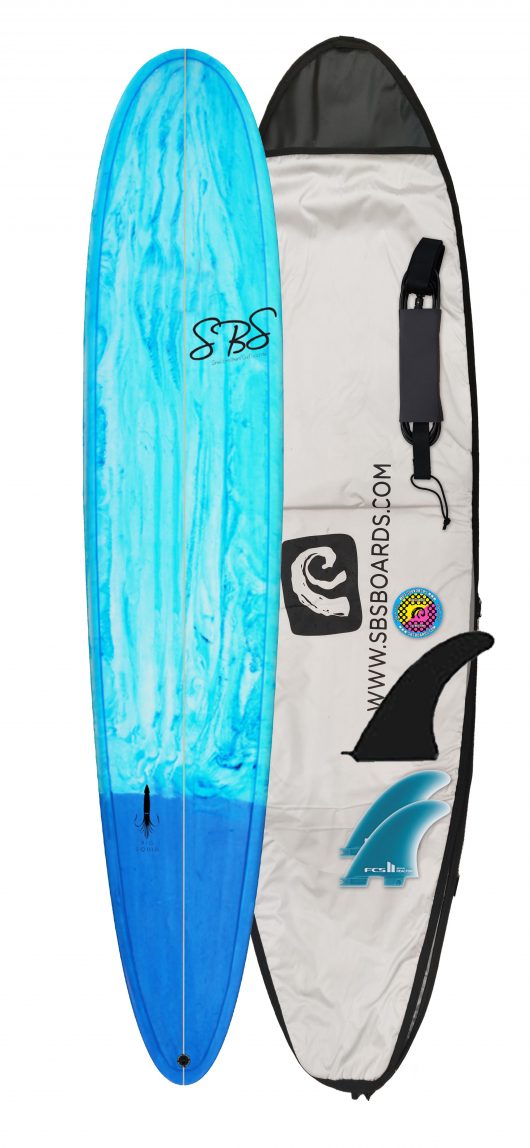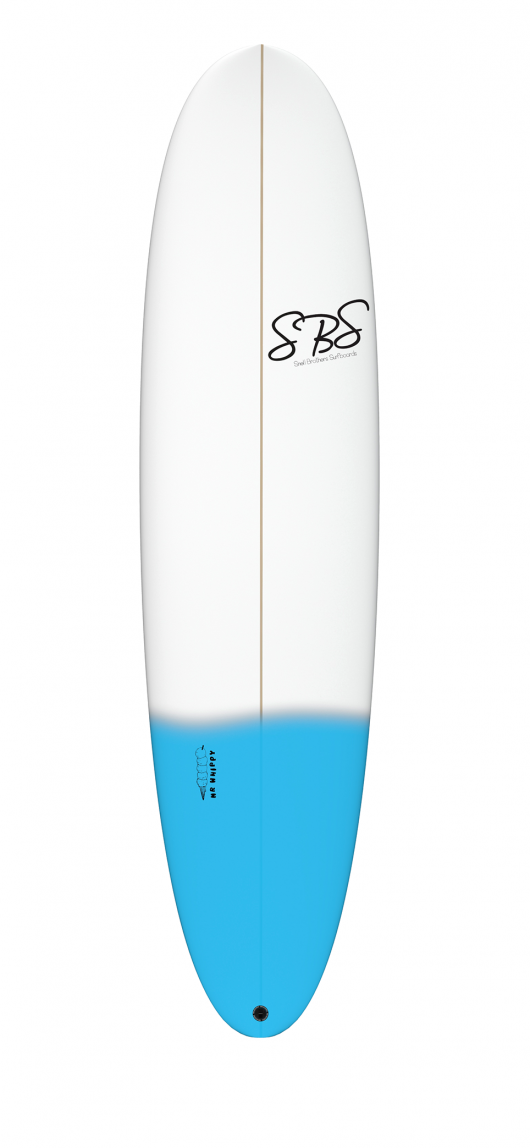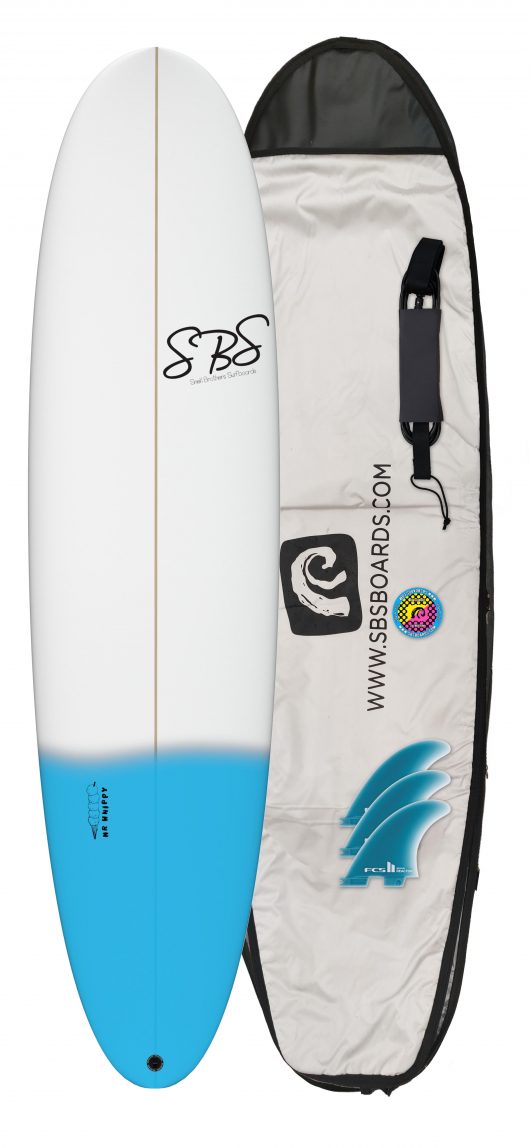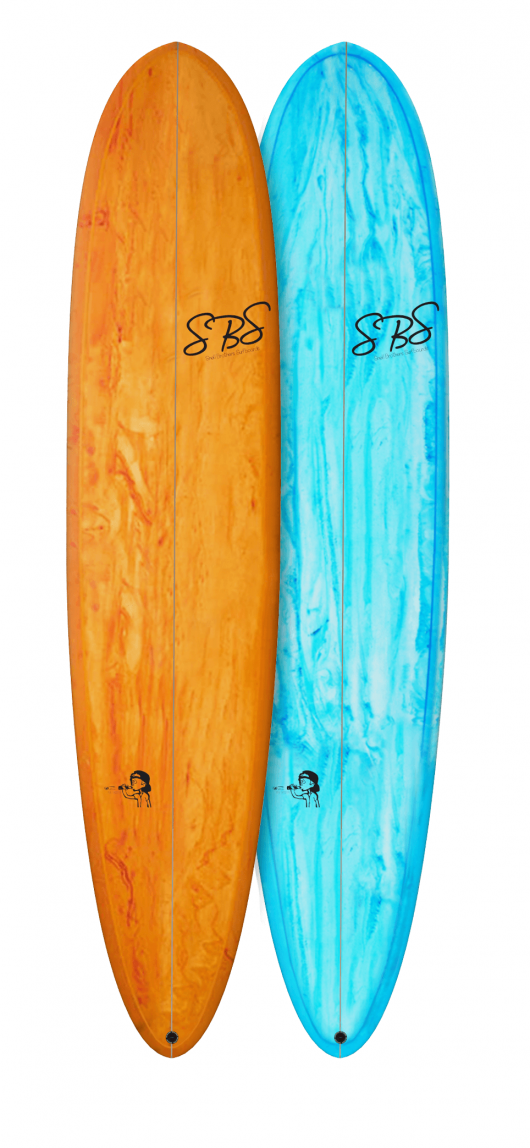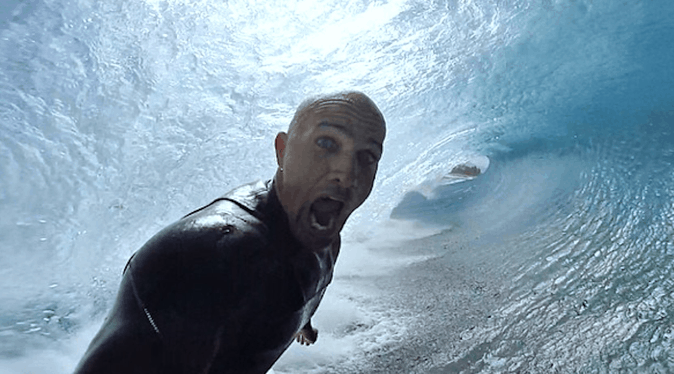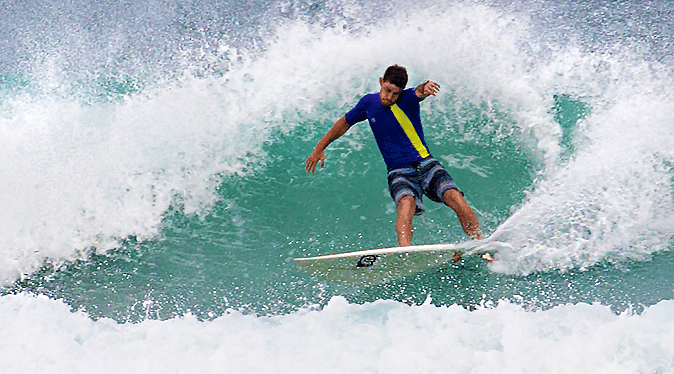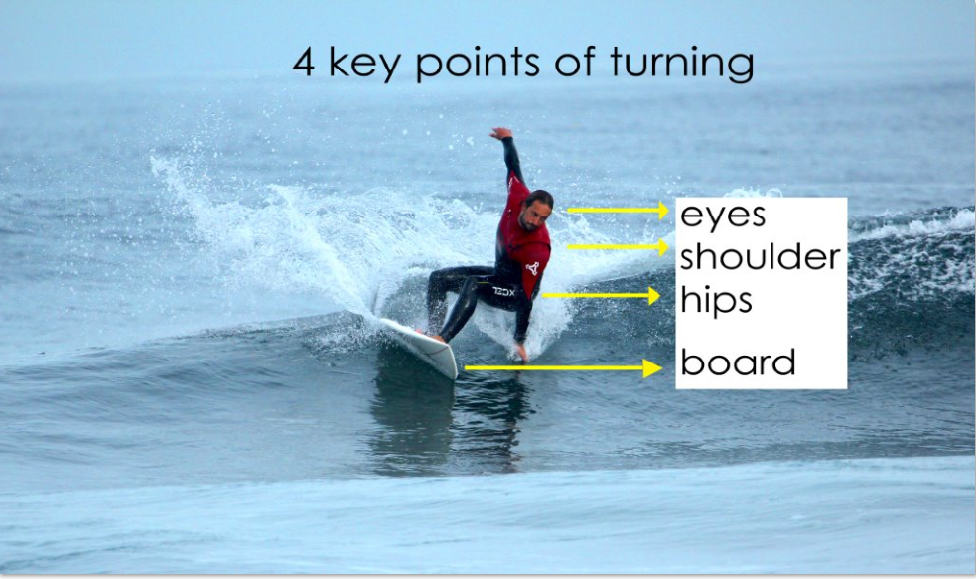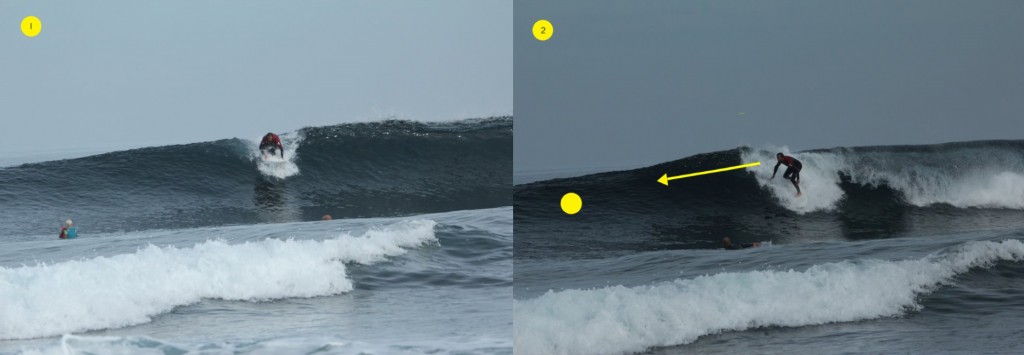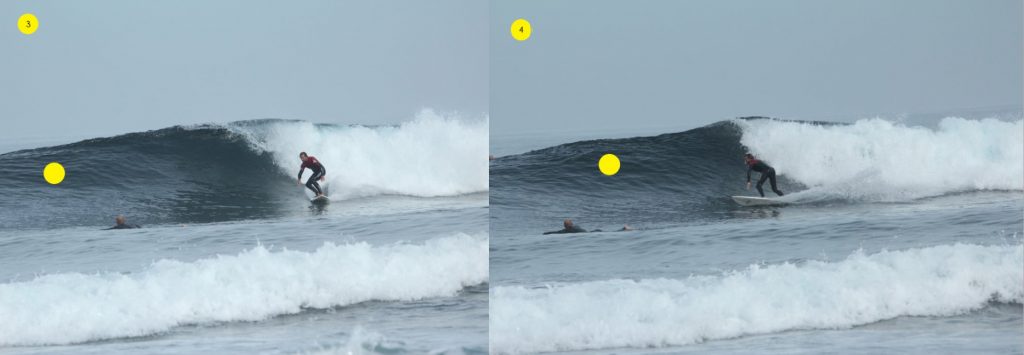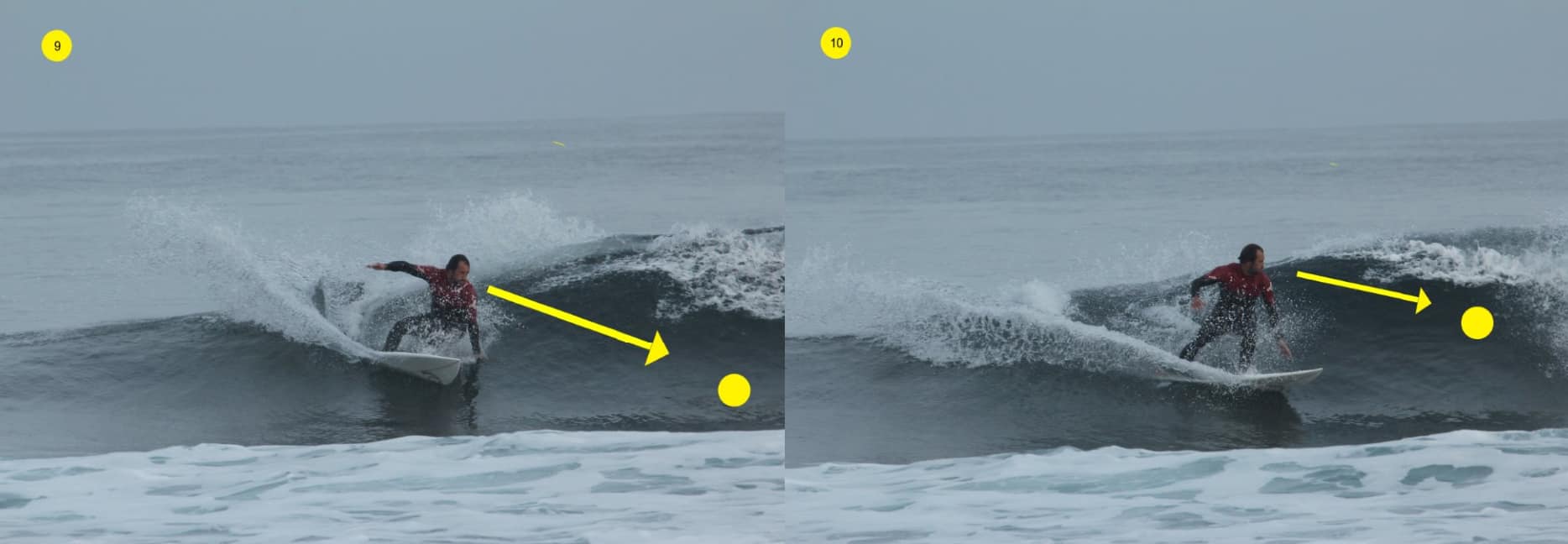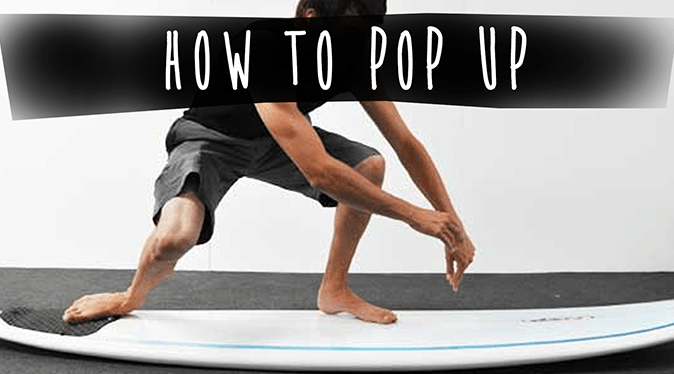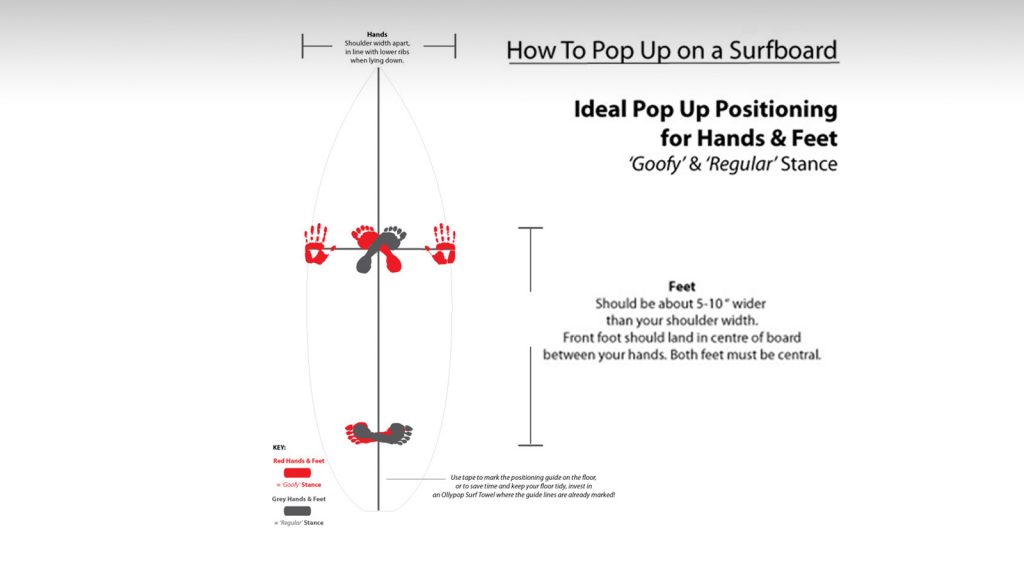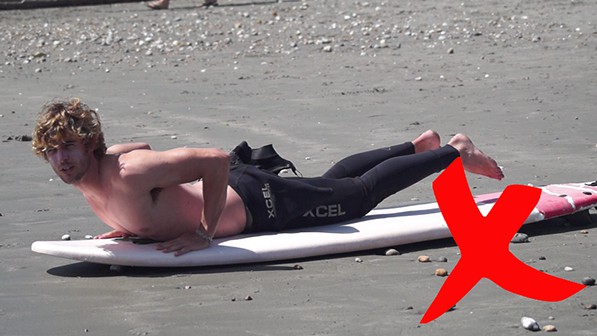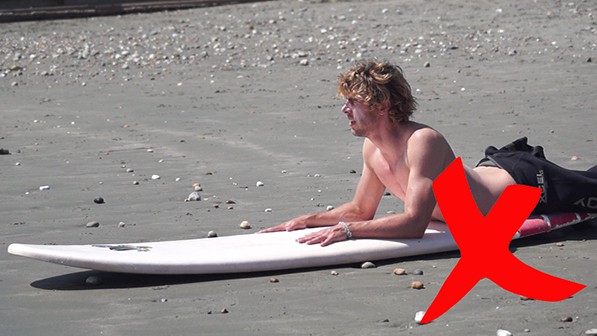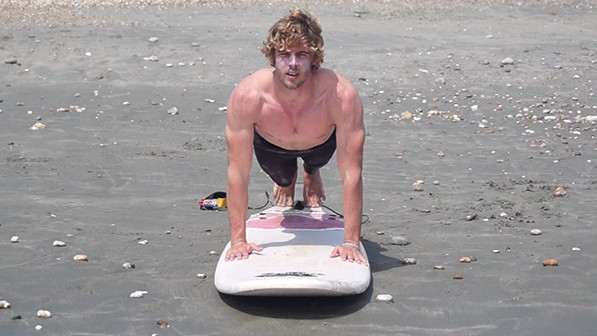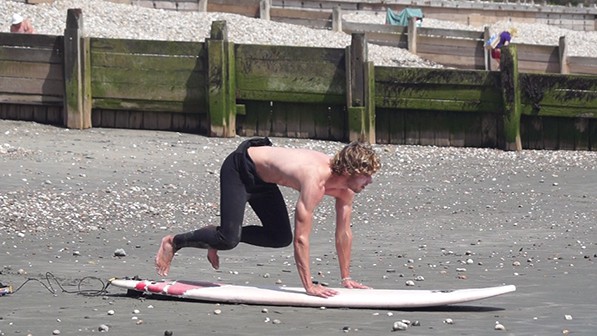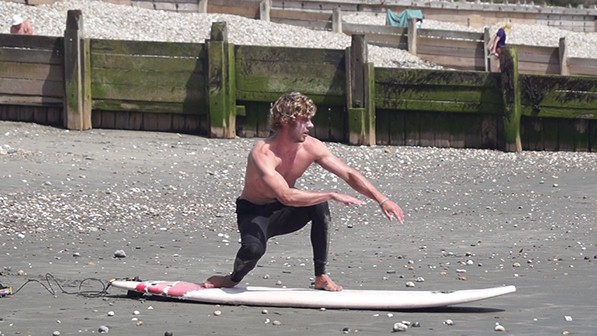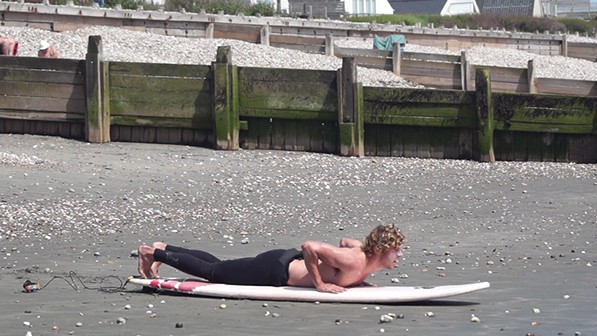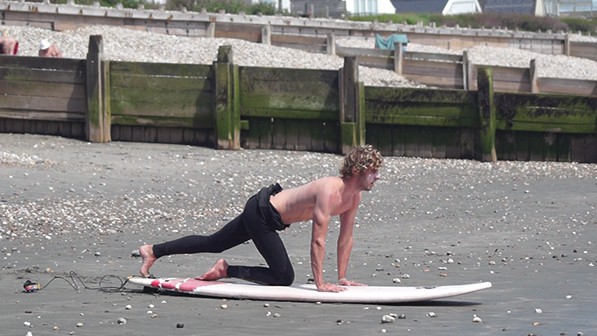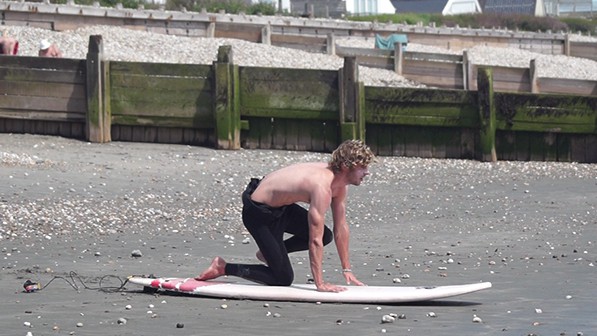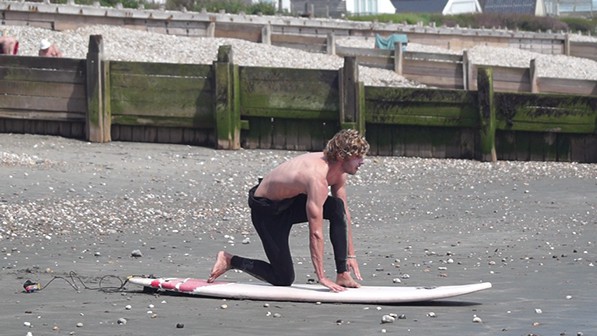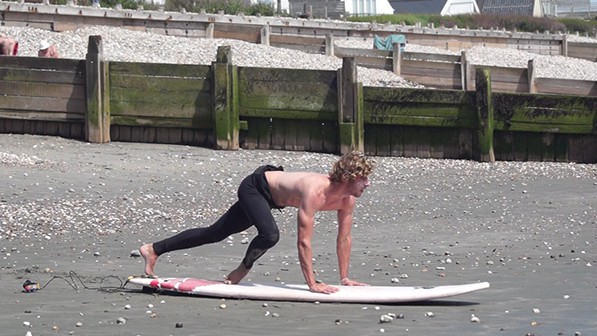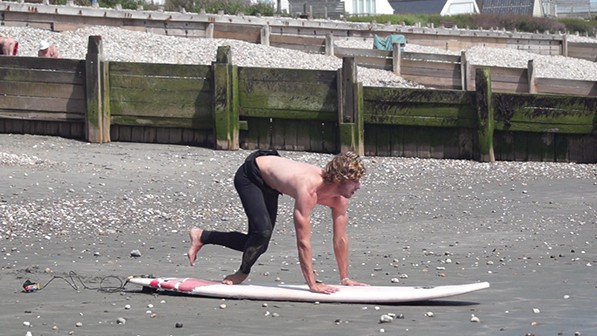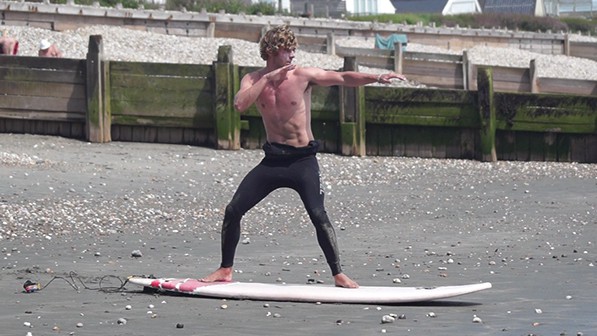If your into stand up paddleboarding you probably want to spend more time doing it and would love to get to a better level where you fall in less, paddle faster and can surf more waves? The best way to improve is to get more practice paddling but there are other ways...
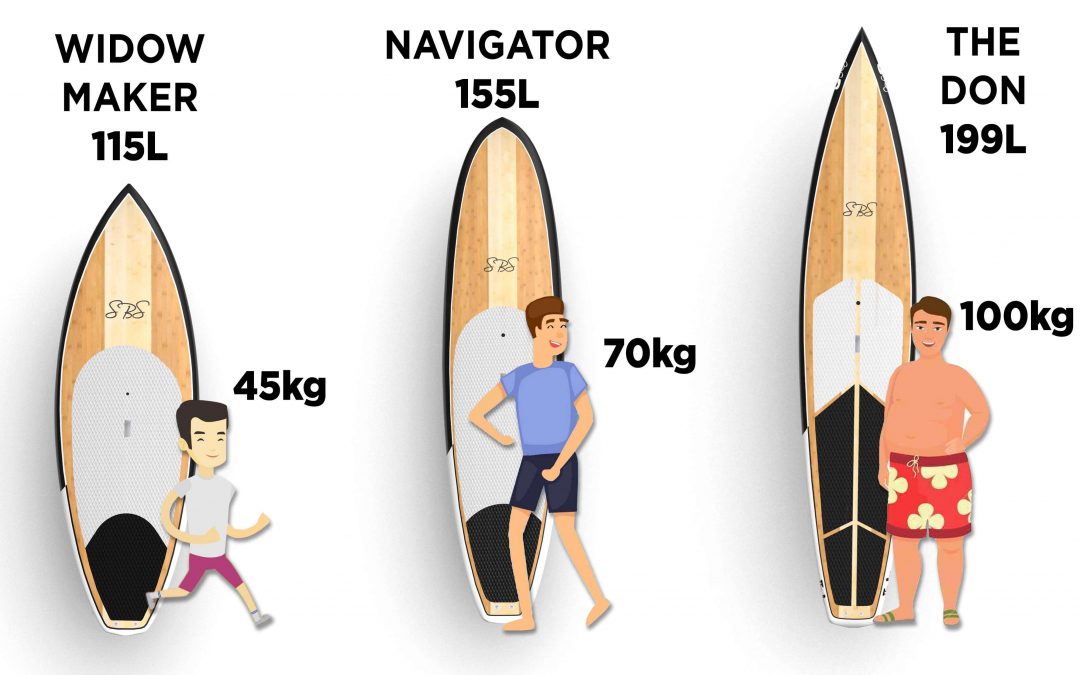
Why Is Sup Volume Important
Why Is Sup Volume Important
Why Is Stand Up Paddleboard (SUP) Volume important? Well before we get into that you have to know a few things…
- Your weight
- Your height
- Your Stand-Up Paddleboarding ability
- The conditions you want to use it in
- – Your weight is important when it comes to standing up paddle boarding volume because it has a direct effect on your control and performance on flat water and waves.
- Your height has effects the size of the paddleboard that is best suited to you.
- Your ability will massively affect the volume required as it is a key element in performance in flat water racing as well as surf SUP.
- conditions is also an important aspect when choosing a SUP as you need to know what conditions you plan on using it in, if its flat water paddling and leisure use compared to downwind and racing you will need differing levels of volume. This applies for waves as your ability and conditions you want to surf it in will crucial in getting the right volume for your SUP
Like most paddleboards, SBS Sups Have their Dimensions written on the underside of the board this will state the Length, width, and thickness of the board this a standard in the industry but especially when buying a sup it’s important to know your ideal volume.
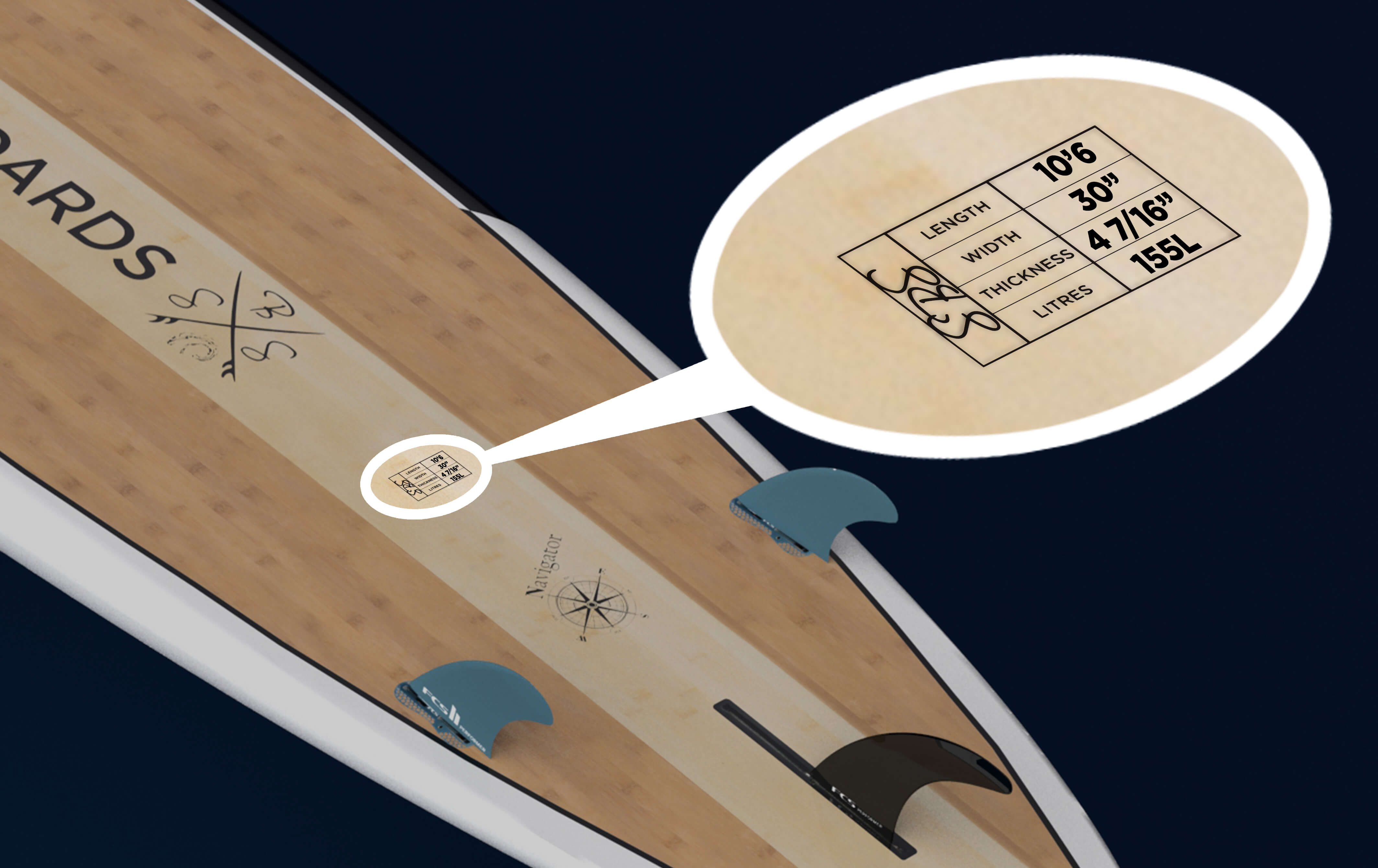
Knowing your ideal paddleboard volume is just as important in surfing and they are both measured in the same way. The volume of a board is “the amount of space any given object occupies”, this includes the entirety of the board and the volume will be given in litres. This is a basic principle for paddlers to get as if you know the correct volume for yourself I will help to choose the right size and model of the paddleboard. A general rule of thumb is that the more litres of volume a Stand-Up paddleboard has, the more weight it can carry whilst in motion.
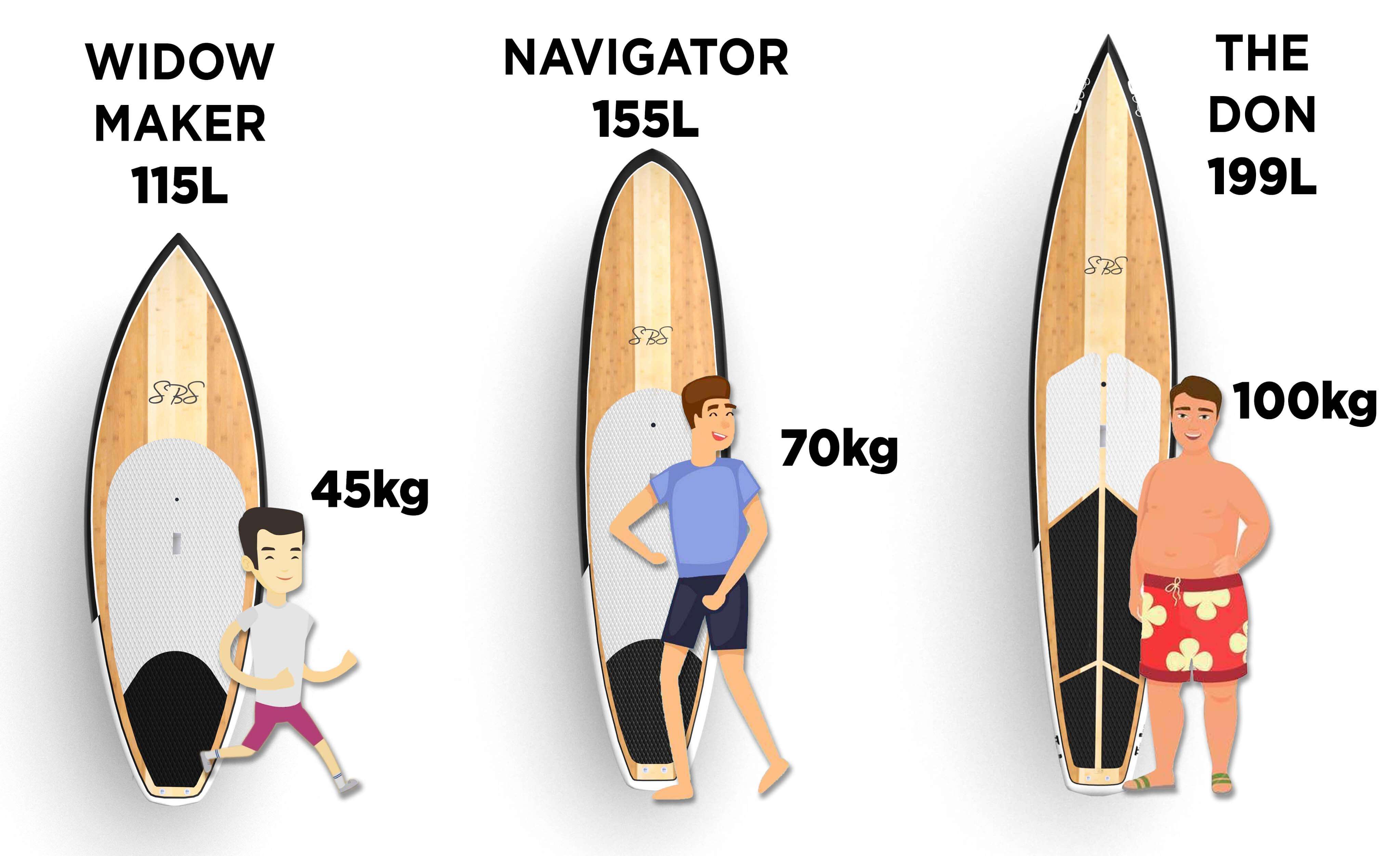
-
It makes sense because if you have a 2 different people, one 70kg and the other 100kg they will require a different amount of buoyancy and volume to keep them afloat and paddling along without sinking
But for beginner be weary more volume doesn’t always mean more stability as you can see from the 2 boards below one is an elite level race sup that has 245 Litres and the other is an all-around sup designed for beginners with 217 litres. The race sup would be very difficult for a beginner to paddle because of its small width and rail and rocker contours as well as its outline shape makes the board tricky, to begin with, the board stores is Hight volume in 5 or 6 inch rails allowing for more volume than a regular beginner or cruising board, the navigator has more width and more stable shape so would be better for a beginner


Where is the volume
Just like we mentioned previously the placement of the volume is crucial to the stability and the performance for the board as well as its intended usage. Keeping the majority of the volume in the centre makes it great for paddling whilst thinner nose and tail mean it can turn easier in waves or flat water beginner all around stand up paddleboards are like this as they are great for learning the basics were as Touring or race paddleboards tend to have bowl displacement noses storing a lot of their volume to power through waves and keep speed, touring boards tend to be very stable compared to race boards. The touring board’s volume will be spread more equally throughout the length of the board with a slight taper toward the tail to help in turns. Touring boards like our DON Sup are designed to be comfortable to paddle long distances or excursions or even for fitness.
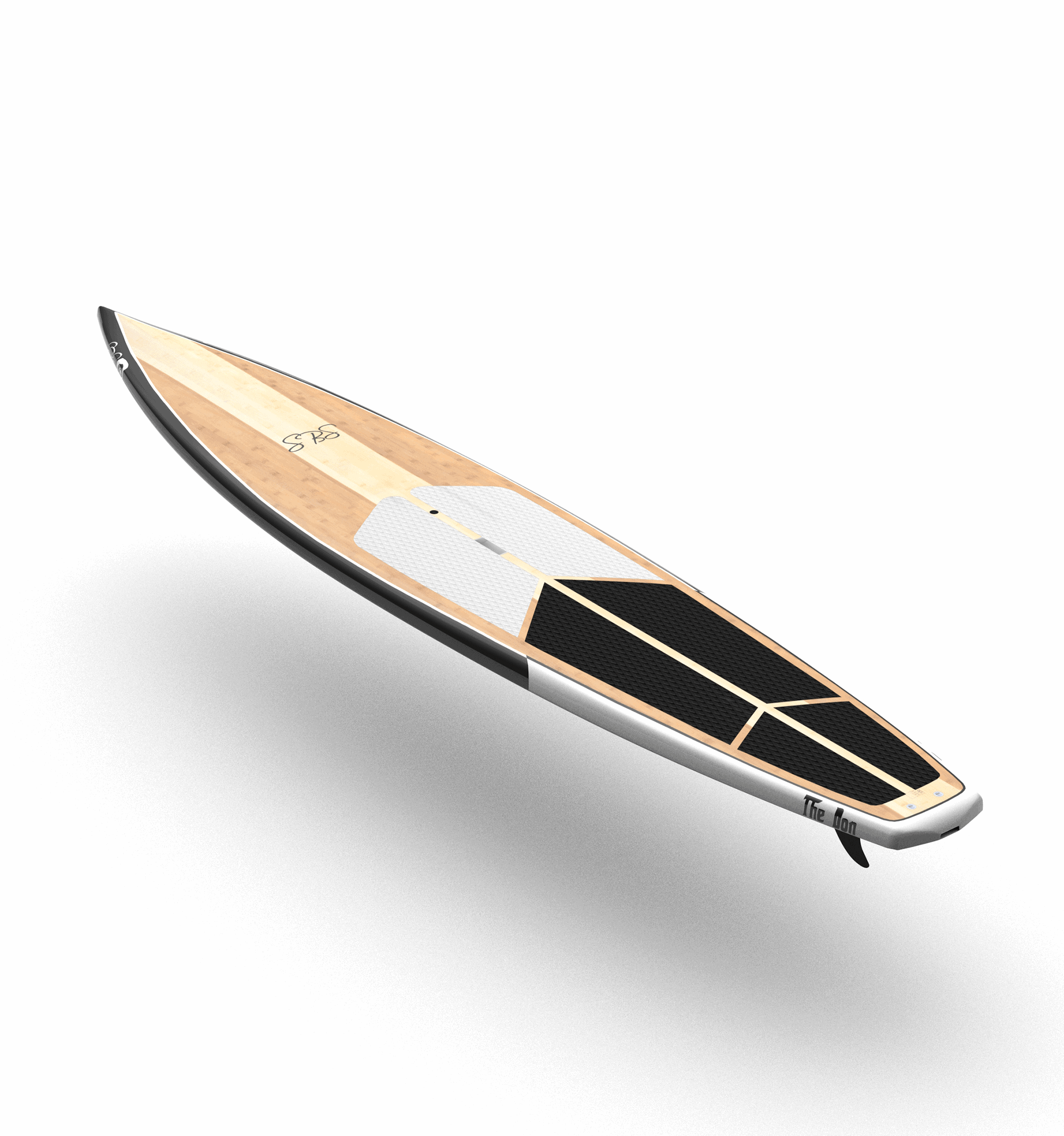
WHAT SHOULD I GET
That’s why we recommend our Don and Navigator models for those paddlers just starting out as they would be looking the easiest and most comfortable, stable board to start learning on. These boards also provide plenty of volume and width to help carry extra weight and create a stable platform.
The higher and wider the board the better for beginners these boards should sit higher on the water making them easier to paddle compared to boards with lower volumes that sink very easy or are too small for the paddler. These boards will be a lot less stable to paddle but easier to manoeuvre in the surf and on waves.
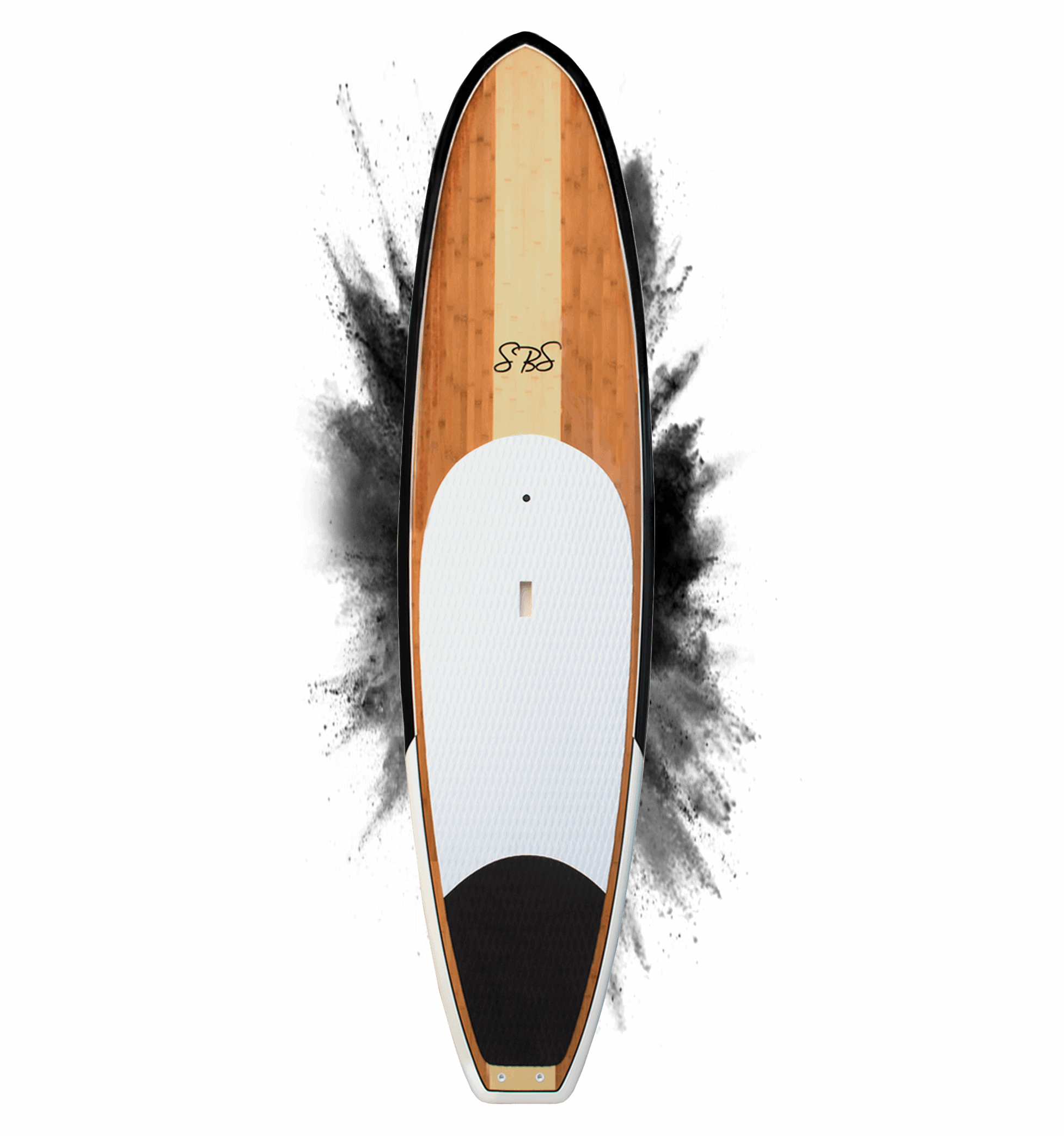

A SUP with high volume will help carry your weight and sit high on the water. When a paddleboard sinks down into the water under your weight it will become less stable. The more volume the more it resists sinking down when you stand on it then it will be more stable.
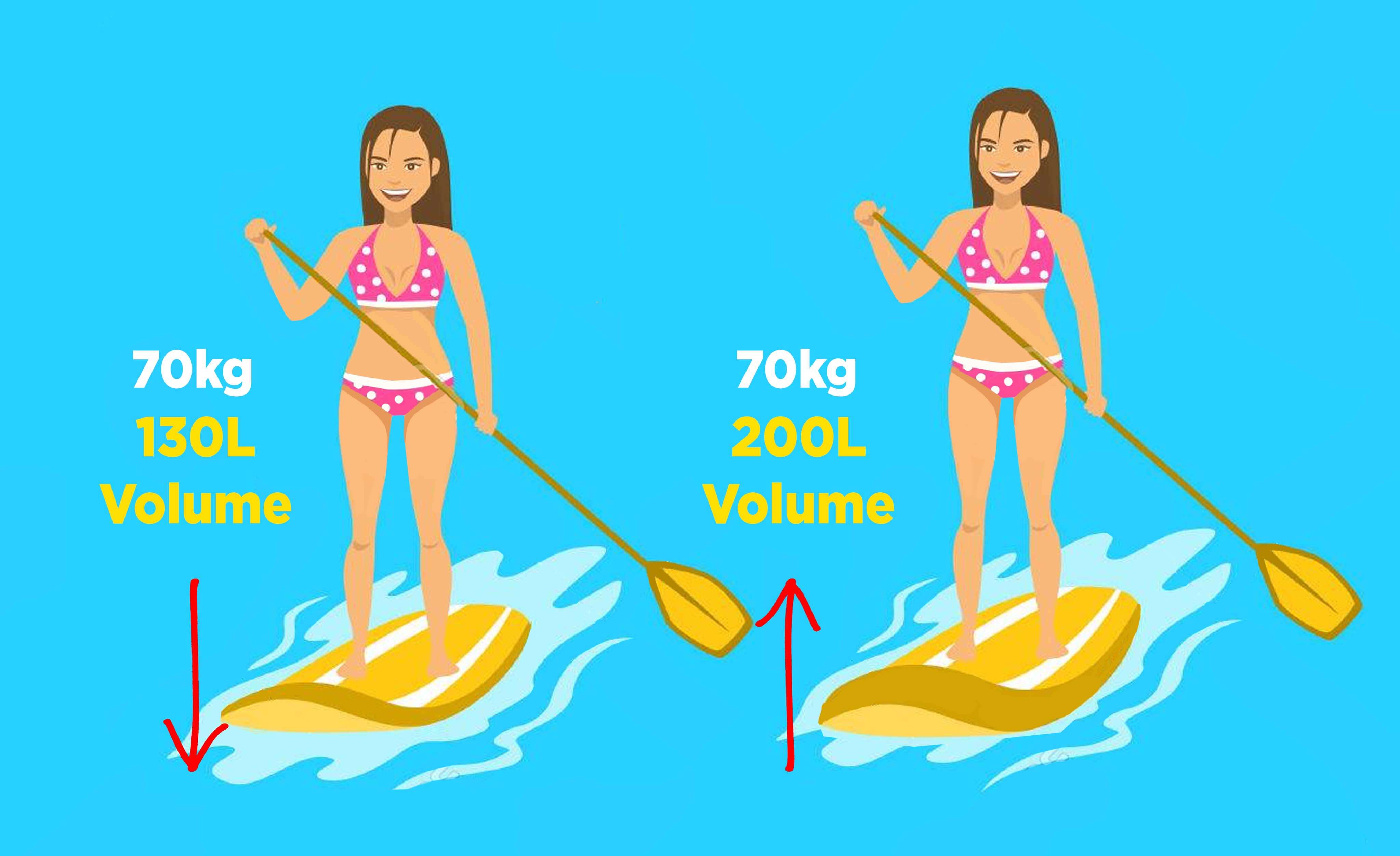
To Get Your perfect volume you can use our Sup Volume calculator to help chose the right sized SUP to match the board’s volume to your size and ability.
Find out your optimum surfboard volume we estimate you will want : Volume Calculator
Thanks, we will contact you soon
Intermediate
92 Litres
115 Litres
125 Litres
135 Litres
145 Litres
155 Litres
165 Litres
175 Litres
185 Litres
195 Litres
205 Litres
215 Litres
225 Litres
229 Litres
235 Litres
240 Litres
245 Litres
Advanced
80 Litres
87 Litres
94 Litres
102 Litres
109 Litres
117 Litres
124 Litres
132 Litres
139 Litres
147 Litres
155 Litres
45 Litres
170 Litres
177 Litres
185 Litres
192 Litres
200 Litres
Beginner Volume
101 Litres
110 Litres
120 Litres
134 Litres
144 Litres
154 Litres
164 Litres
174 Litres
184 Litres
194 Litres
204 Litres
214 Litres
224 Litres
234 Litres
184 Litres
254 Litres
265 Litres
Your Volume
Summary
Description
Information
Quantity
Price
Discount : Total :
we estimate you will want : Intermediate
92 Litres
115 Litres
125 Litres
135 Litres
145 Litres
155 Litres
165 Litres
175 Litres
185 Litres
195 Litres
205 Litres
215 Litres
225 Litres
233 Litres
245 Litres
255 Litres
265 Litres
Advanced
80 Litres
87 Litres
94 Litres
102 Litres
109 Litres
117 Litres
124 Litres
132 Litres
139 Litres
147 Litres
155 Litres
145 Litres
170 Litres
177 Litres
185 Litres
192 Litres
200 Litres
Beginner Volume
101 Litres
110 Litres
120 Litres
134 Litres
144 Litres
154 Litres
164 Litres
174 Litres
184 Litres
194 Litres
204 Litres
214 Litres
224 Litres
234 Litres
244 Litres
254 Litres
265 Litres
Your Volume
Summary
Description
Information
Quantity
Price
Discount : Total :
This information from our calculator is designed mostly for Beginner to intermediate paddler as a rough guide to help you chose the correct board but if you are more advanced or looking to get a SUP for Surfing then you would be looking for a smaller SUP with less volume
You can get a rough idea of the minimum amount of volume you will need as a beginner by doing this calculation. Start of by checking your weight if you checked it in “stones” and “LBS” pounds then convert your weight to kilograms by dividing it by 2.2, once you have your weight in kilograms then multiply that figure by 2. So if you weigh 180 pounds you ideal minimum sup volume would be 162 litres :
180 / 2.2 = 81kg, 81kg x 2 = 162L
As an 81kg / 180 pound beginner you want to make sure that you start looking for paddle boards with a minimum of 162 litres volume preferably closer to 20-40 more litres to really help with extra stability, going lower would not be recommended as you will find paddling a lot more challenging as a beginner stand up paddleboarder.
Feel free to contact u with any questions on sup volume or any specific request about the right SUP for you



